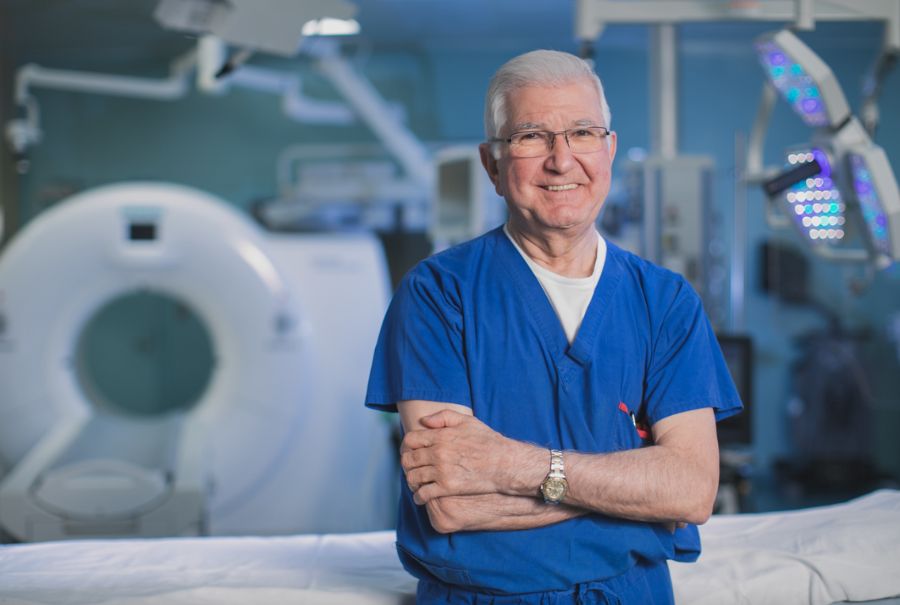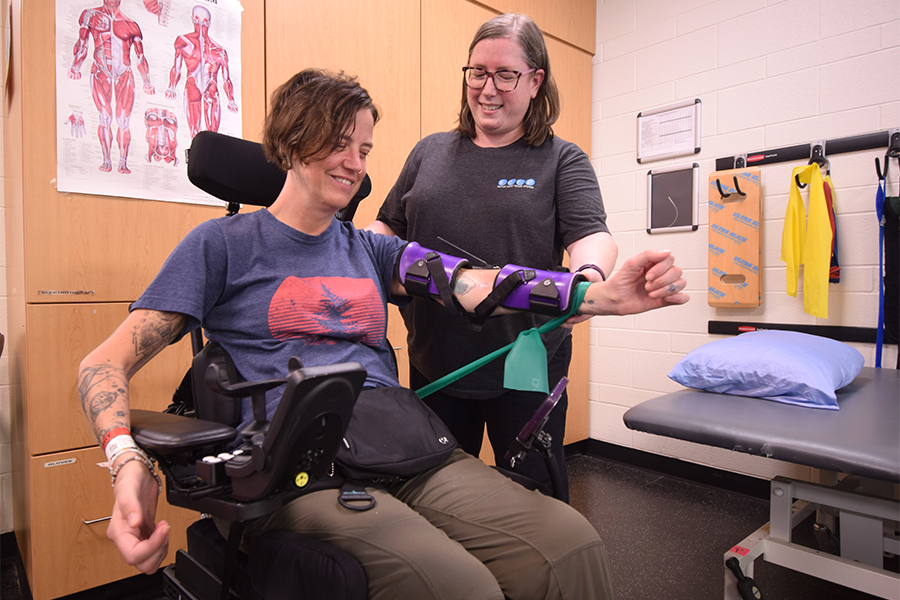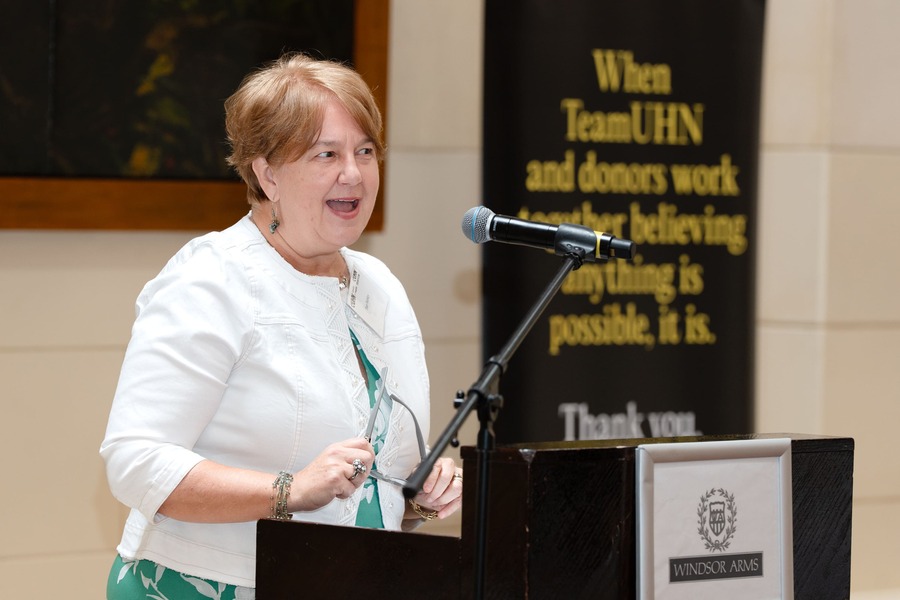L to R: Sané Dube (she/her), manager, community and policy, Gattuso Centre for Social Medicine; Dr. Brian Hodges (he/him), Executive Vice President, Education and Chief Medical Officer; Siobhán McKittrick (she/her), physiotherapist and interprofessional educator, Toronto Rehab at UHN; Rev. Daniel Cranley (he/him), spiritual care provider; Margo Kennedy (she/her), oncology social worker and co-lead, Sexual & Gender Diversity in Cancer Care Program, Princess Margaret Cancer Centre
Aside from marking the start of summer, June is Pride Month – a time to celebrate the 2SLGBTQIA+ (Two-Spirit, lesbian, gay, bisexual, transgender, queer, intersex, asexual) community, acknowledge progress that has been made and recognize the work that remains. At all levels of University Health Network (UHN), 2SLGBTQIA+ members play a pivotal role in the organization’s success.
In the first part of a series, five members of the community share their thoughts on Pride.
What does Pride mean to you?
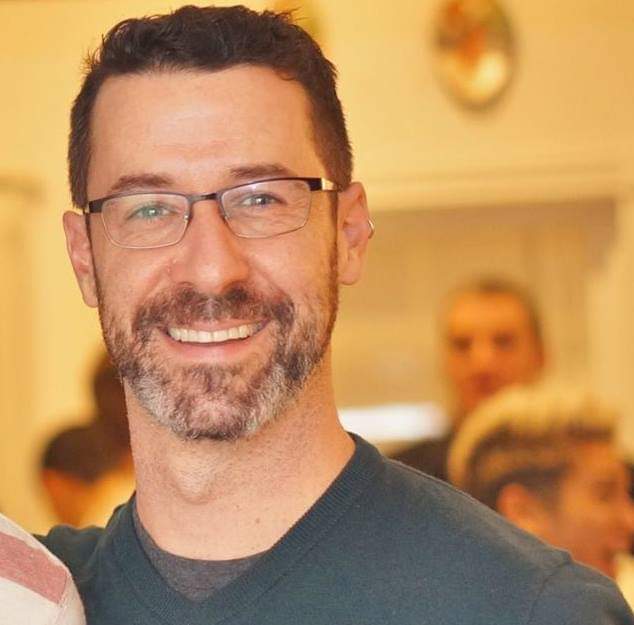
DC: Pride is a time and space for us to collectively celebrate the diversity we experience in each other. For many of us who hold stories of homophobia, Pride is a space of healing and belonging – where the negative messages we have heard are healed and transformed into life-giving messages of love and celebration.
SD: Pride is complicated. On one hand, I see this period as an opportunity to celebrate all the ways 2SLGBTQIA+ people bring beauty and wonder to the world. It’s a powerful lineage to belong to. During Pride, I remember and honour that. Working in health care, I also take this time to celebrate queer trailblazers in Ontario who have changed our sector. I specifically celebrate the contributions of Black lesbians and trans folk whose work in the ‘80s and ‘90s in this city made care accessible for people on the margins.
On the other hand, I know the visibility that accompanies this month does not always translate into greater protection and resources for all 2SLGBTQIA+ folks. I wish Pride meant there was more care about what happens to members of my community all the time – not just in June. Indigenous and Black trans women still continue to be harmed, with minimal care in mainstream discourse. 2SLGBTQIA+ youth still face homelessness and precarity at higher rates than their peers. There’s still so much that needs to be done. The opportunity to revel in all the beauty 2SLGBTQIA+ folks bring to the world is worthy of celebration, but we can’t lose sight of the very real threats our communities face through the rest of the year.
BH: My first Pride was in London, U.K. in 1987. I remember walking through streets while protesters held hateful signs, the British government having just passed legislation to prevent speaking about homosexuality in schools. While Pride today is more about floats, fun and parties, the need to stand up for inclusion is just as important as ever.
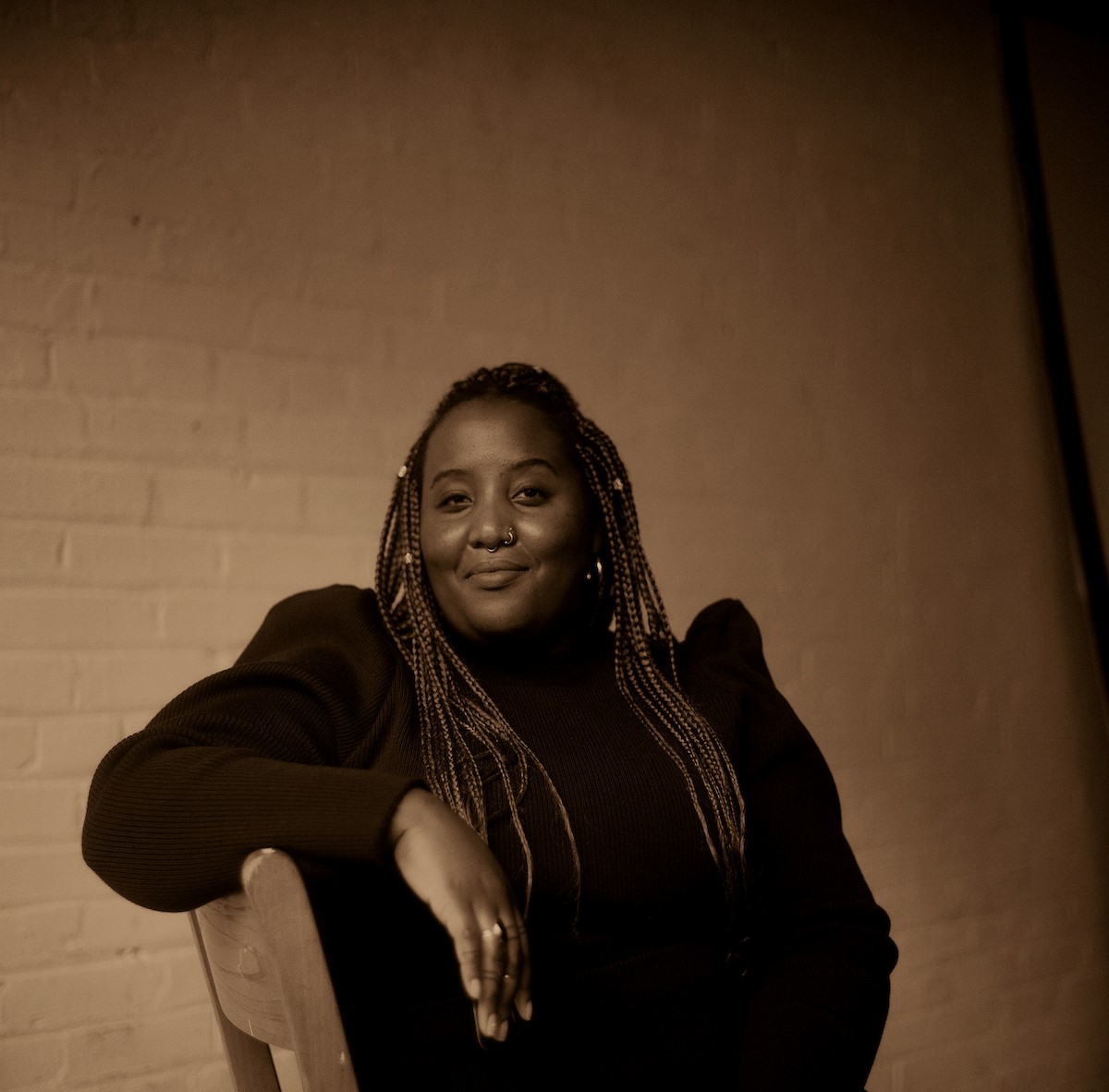
MK: I love Pride month. I go “all out” – no pun intended. For me, it is a time to be an out, proud lesbian, to celebrate sexual and gender diversity, and to show patients we are here – you are not alone!
SM: Pride, to me, is standing up for my fundamental right to love, and striving for intersectional equity. Pride is something that is essential until all members of the queer community around the world, and in Canada, can live their lives safely and authentically.
How do you celebrate Pride at work?
DC: I celebrate Pride at UHN by proudly wearing a rainbow lanyard to let 2SLGBTQIA+ patients, families and colleagues know I am a safe space for them to authentically be themselves. I celebrate Pride by bringing all of my identity to my work every day!
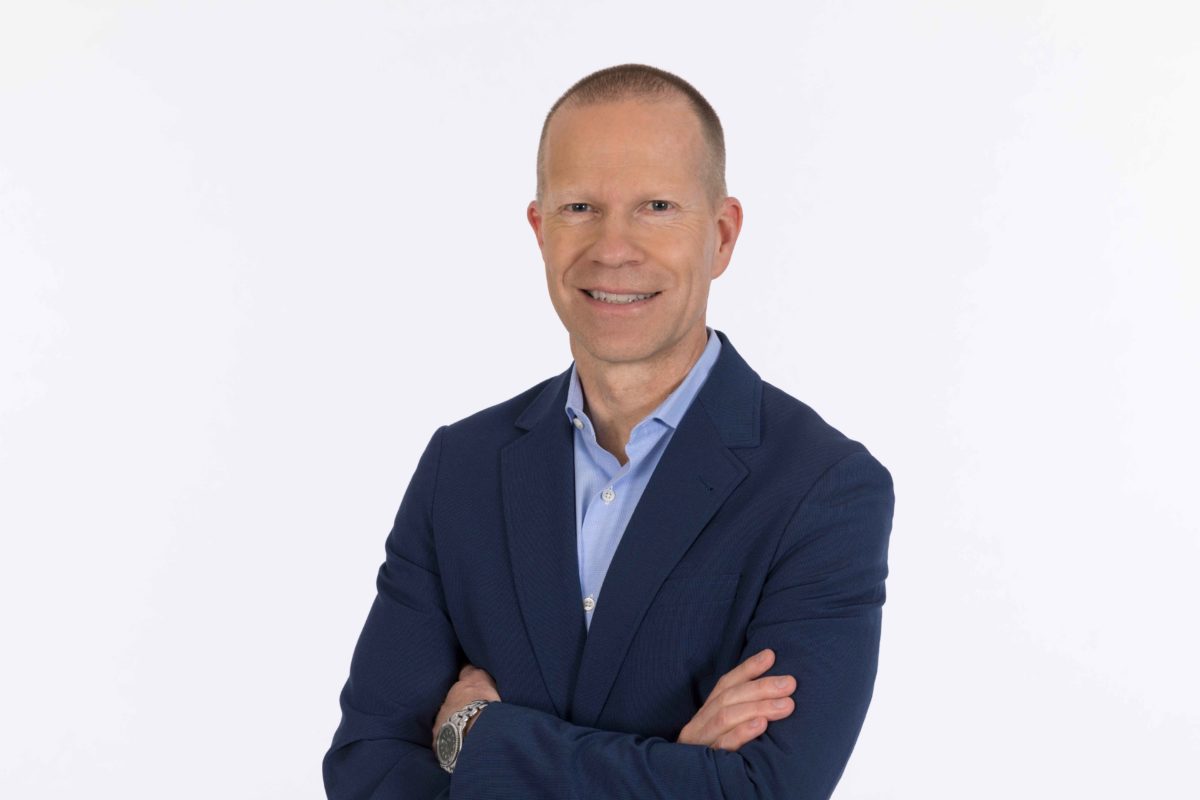
SD: This is my first Pride at UHN – last year, we were deep in the pandemic. This year, I’m focusing on honouring the contributions of people who’ve paved the way for me to be here.
BH: Quietly, being grateful that someone like me can hold a leadership role and live openly because of those who fought for acceptance before me, and to reflect on how I can help to continue to advance belonging for everyone.
MK: I like to celebrate with my colleagues by bringing in colourful Pride candy to provide a satisfying sugar fix. I always decorate my office door – there can never be too many unicorns or rainbows! For me, they capture the magic of Pride and celebrate sexual and gender diversity.
SM: Having a Pride flag prominent at each UHN site is meaningful visibility. It is a celebration of our queer community across UHN but also highlights an opportunity to educate staff and patients on important health care issues, particularly in regards to our trans community and gender identity.
How important is it to you that your workplace acknowledges Pride?
DC: It is very important to know that my workplace celebrates and acknowledges the 2SLGBTQIA+ community and the many gifts we bring to UHN. A safe workplace is not just about physical safety, but emotional and spiritual as well.
SD: It’s incredibly important, but the work must move beyond acknowledgement and recognition. I hope that recognition of 2SLGBTQIA+ people translates into policies that ensure equitable care. I’d like to see members of my community feel comfortable walking through UHN’s doors and be assured that visibility will not mean differential care.
BH: Very important, just as it is that we recognize all forms of diversity and inclusion.
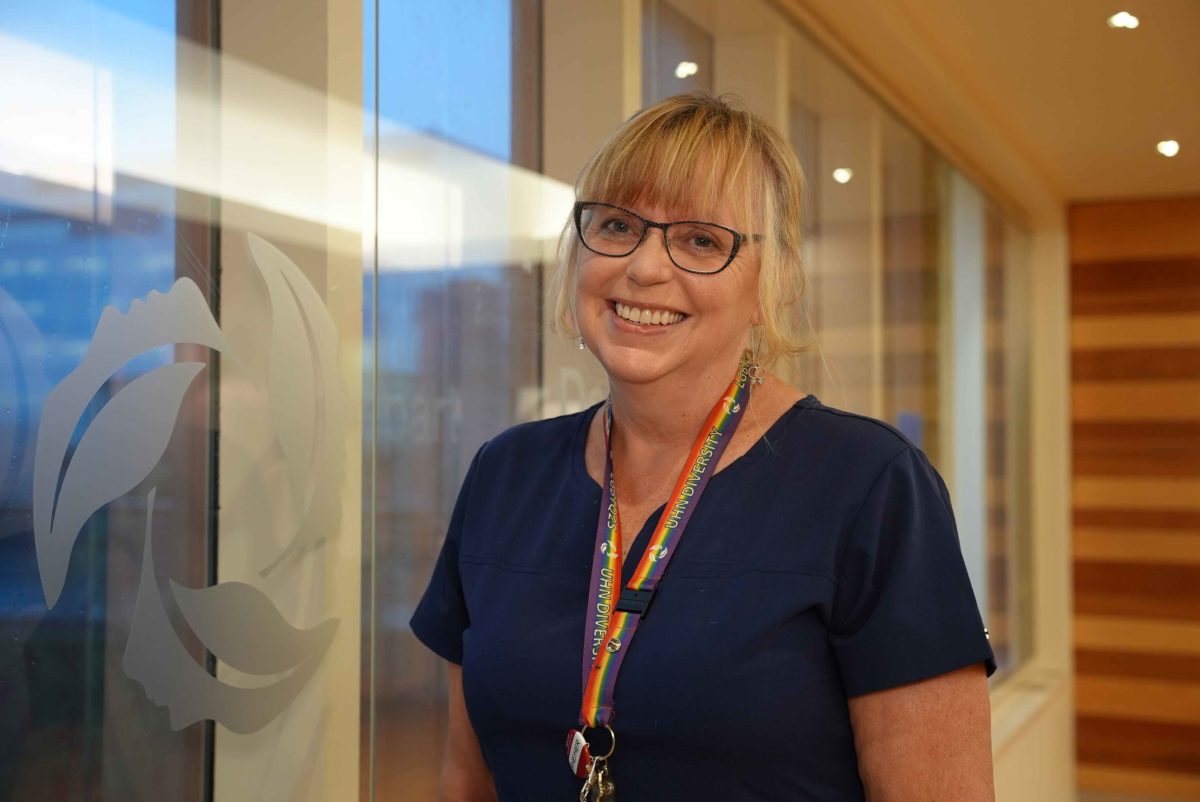
MK: Messages of inclusion are crucial to patients, families, chosen families and staff. Twenty years ago, Pride was not an issue that UHN fully embraced and supported. It was a rather hostile environment at times. There continues to be silence and invisibility about this issue in health care, and limited acknowledgement to the connections to cancer care, health and intersectionality. We have made excellent progress over 20 years, but we still have a ways to go.
SM: Having previously experienced a workplace, at the start of my career, that did not openly welcome members of the queer community, I don’t take for granted the ease in which I can be myself around my colleagues at UHN. Acknowledging and celebrating Pride promotes inclusiveness and equality, and will always be important.
What is your favourite memory of celebrating Pride at UHN?
DC: I attended the rainbow flag raising ceremony at Toronto General Hospital last year. It is inspiring to witness an organization that marks and celebrates diversity and seeks to be a safe place for the 2SLGBTQIA+ community.
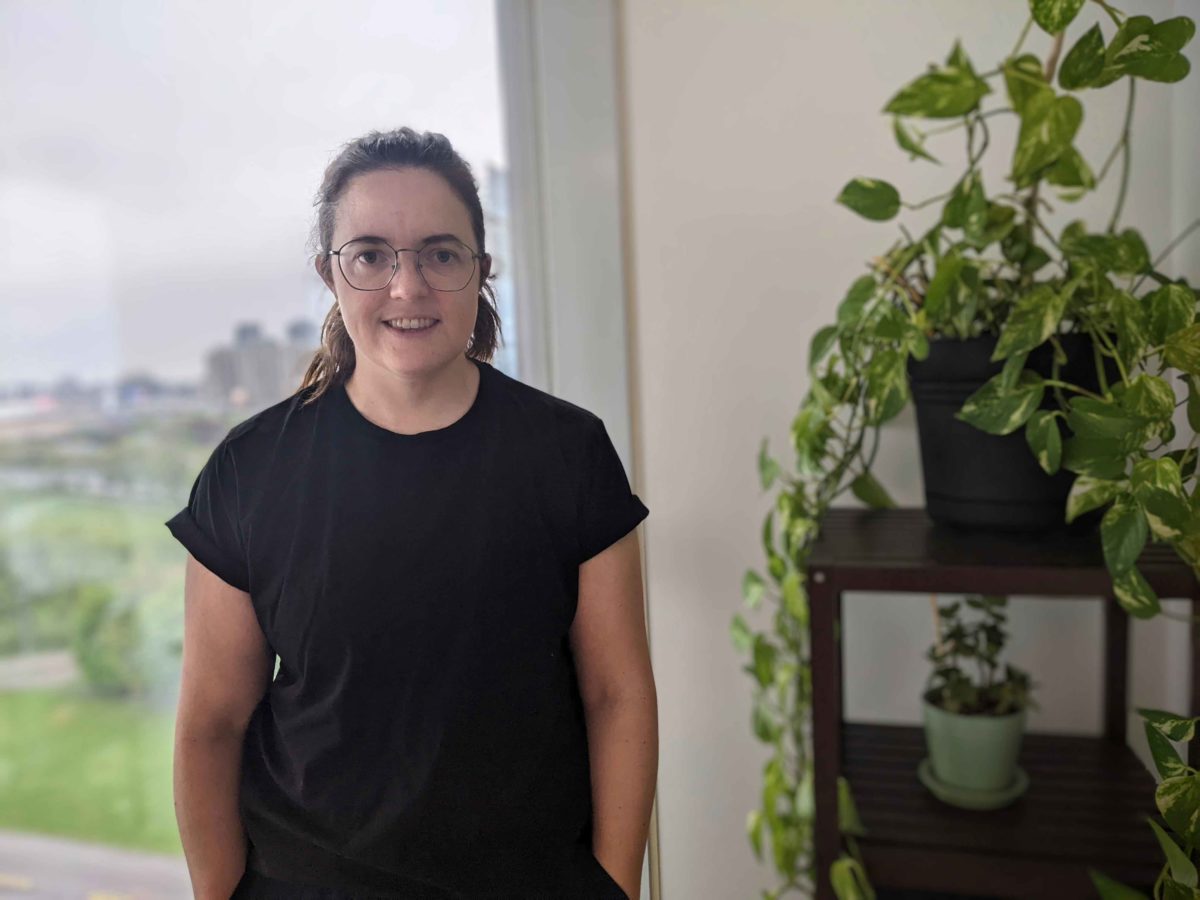
BH: Raising the Pride flag at The Michener Institute of Education at UHN. Schools are places that nurture the next generation of health care professionals, and showing the colours is a small way to ensure it feels safe and nurturing for everyone.
MK: I was part of developing the very first Pride working group at UHN. It was connected to the UHN Diversity Committee. We started with an information booth at Toronto Western Hospital and then expanded to all sites, as well as planning Pride events with guest speakers. A group of staff self-funded the registration fee and walked in the Pride Parade for the first time in 2009, representing UHN. I will never forget that day. This was so symbolic of the original roots of the pride “march,” walking with pride for visibility and social justice. We walked in the Toronto Parade again in 2010.
Now in 2022, it is astonishing how things have changed at UHN – the engagement and support of the organization is truly heartwarming, proof that change happens and is possible. We will be walking in the Pride Parade again this year. We hope that staff and patients will come out to join us. Let’s continue to promote change and create an inclusive, affirming health care experience for all of our patients.
